SUMMARY
This is AI generated summarization, which may have errors. For context, always refer to the full article.
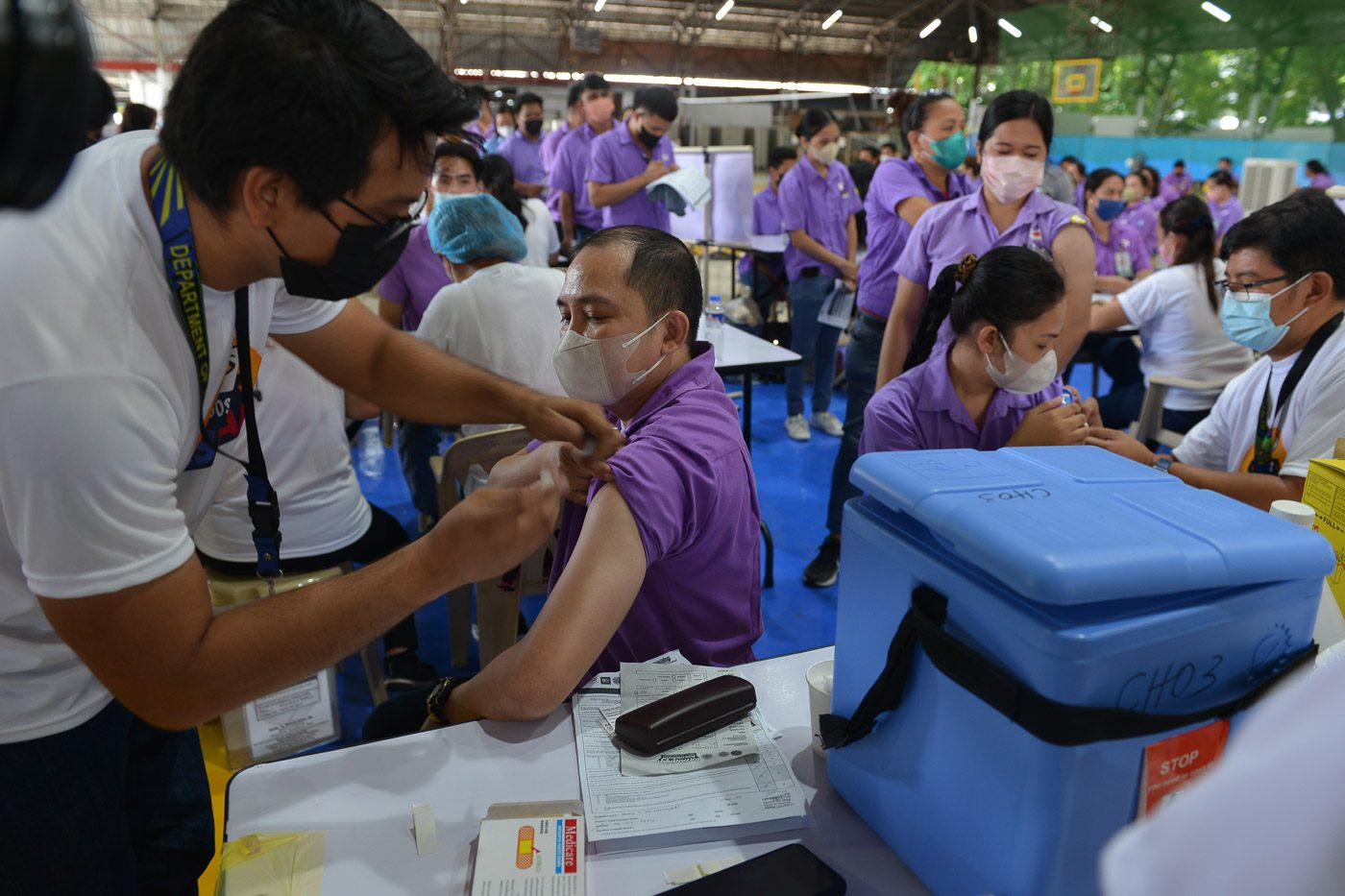
MANILA, Philippines – Majority of Filipinos unvaccinated against COVID-19 are still unwilling to get inoculated against the disease, a new Social Weather Stations (SWS) survey found.
The survey, conducted from December 10 to 14, 2022, found that of the 13% of unvaccinated adults, 69% were unwilling to get vaccinated. Meanwhile, 12% of the unvaccinated adults were willing to get the shot.
The remaining 19% of unvaccinated adults were undecided.
An estimated 62.6 million adult Filipinos, or 87%, were vaccinated against COVID-19 at the time of the survey. The SWS noted that the status “hardly moved” from April to December 2022. While 57% had a complete primary series (first and second doses), just 17% had their first booster.
Around 6% only got their first dose, while another 6% had their second booster.
The SWS’ sample size was 1,200 adults nationwide.

Second boosters or fourth doses in the Philippines are still unavailable to the general population, per policy of the Department of Health (DOH). Fourth doses are limited to healthcare workers, senior citizens, and adults with comorbidities or underlying illnesses.
Filipinos who received either their first or second dose were divided on whether they wanted to get their first booster. Of the 64% of adults who had at least one dose, 32% were willing to get boosted, 44% were unwilling, and 24% were undecided.
Meanwhile, most boosted Filipinos were willing to get another. Some 55% of those who received their first booster were willing to get a second booster. Some 32% were unwilling to get boosted again, while 13% were undecided.

With most Filipinos protected by their primary doses, the DOH has put its focus in the past year towards encouraging boosters and the vaccination of qualified minors.
The policy of still not allowing the general population access to second boosters has garnered criticism, as second boosters are available in other countries. Millions of COVID-19 vaccine doses have been wasted.
DOH officer-in-charge Maria Rosario Vergeire said in December 2022 that the department had already written to the Health Technology Assessment Council to review the use of second boosters for the rest of the population, and that the DOH was awaiting its advice.
Vergeire also maintained that one booster is still effective against critical and severe COVID-19.
The acting health chief said in a March 9 Senate hearing that COVID-19 vaccine wastage in the Philippines will reach 50 million by the end of March.
Meanwhile, before the Senate hearing, the DOH announced that over a million doses of the bivalent COVID-19 vaccine were expected to arrive in the Philippines from the COVAX facility.
Bivalent COVID-19 vaccines contain mRNA from the original strain of SARS-CoV-2 – like the initial vaccine – as well as an mRNA component from the BA.4 or BA.5 Omicron variant. The bivalent vaccine was formulated to fight multiple variants of COVID-19 and protect against severe illness. – Rappler.com
Add a comment
How does this make you feel?
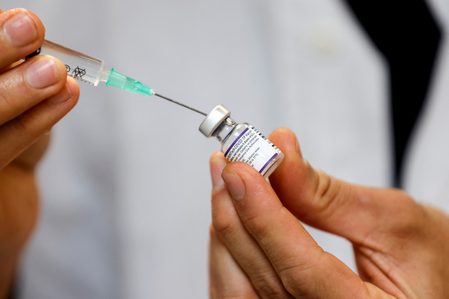

![[Rappler’s Best] US does propaganda? Of course.](https://www.rappler.com/tachyon/2024/06/US-does-propaganda-Of-course-june-17-2024.jpg?resize=257%2C257&crop=236px%2C0px%2C720px%2C720px)

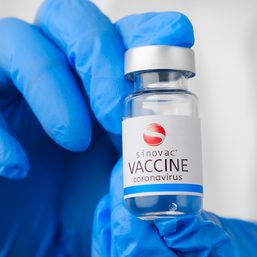




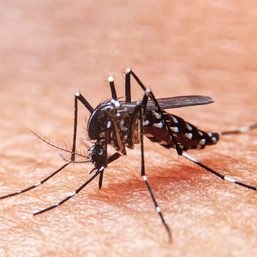
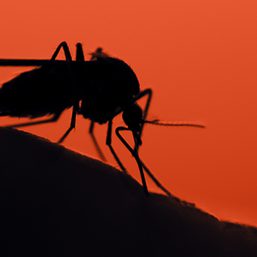

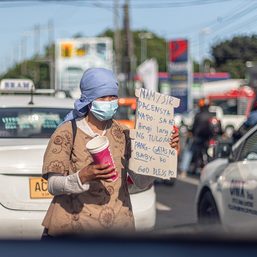





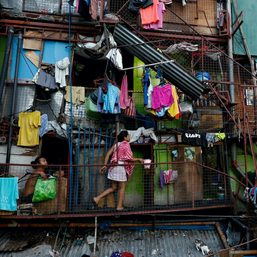
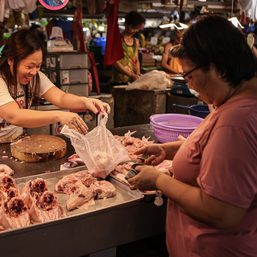

There are no comments yet. Add your comment to start the conversation.